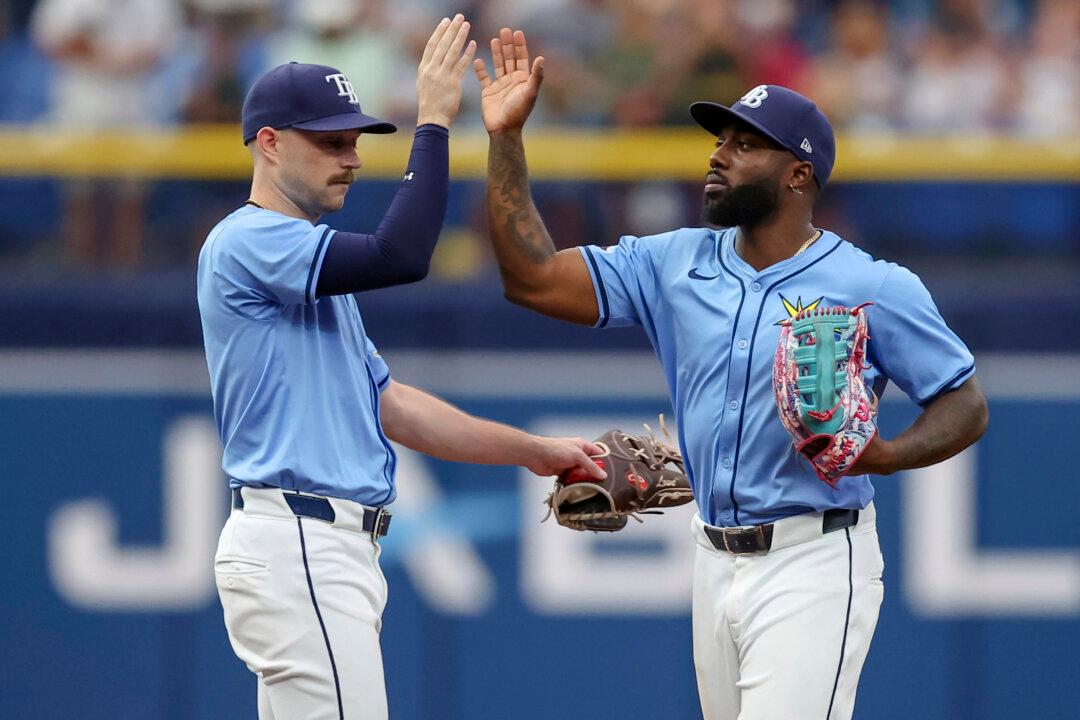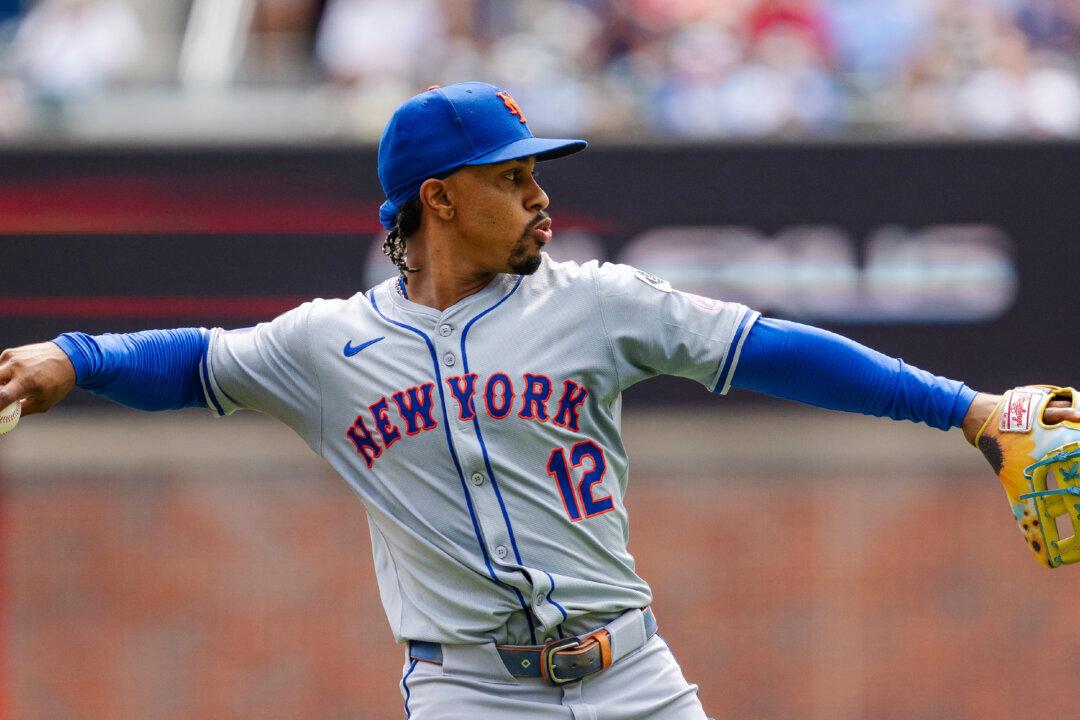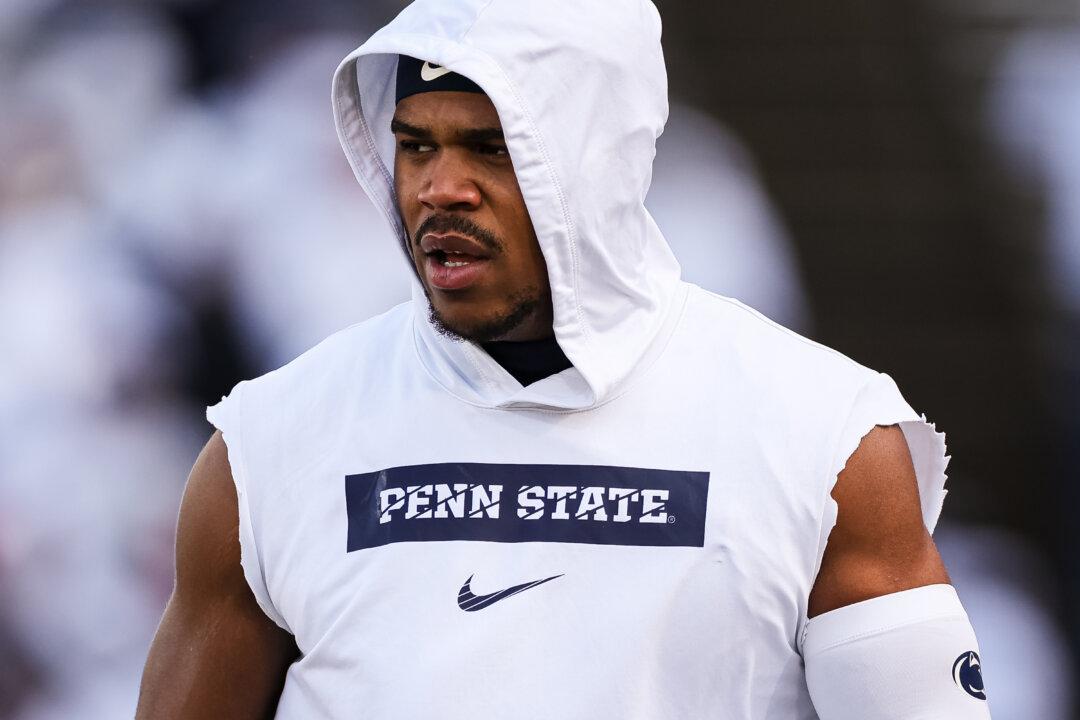While some teams did very well before Major League Baseball’s trade deadline on Tuesday evening, others struggled to accomplish what they hoped or needed to.
Every team in the league made at least one trade before the deadline—some more than others. And somehow, not a single Top 100 prospect on Baseball America’s rankings was traded.





